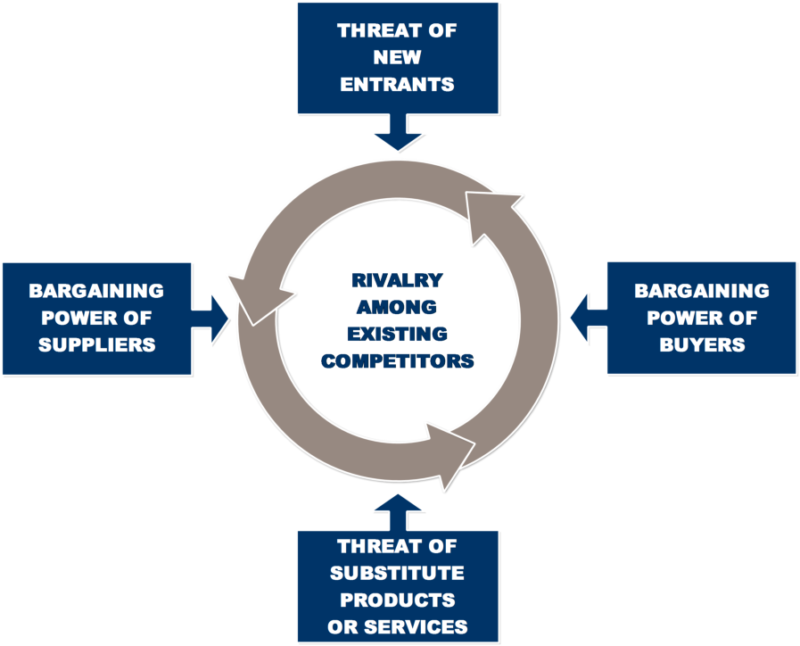In any business venture, strategy is a vital factor for the efficient functioning, growth, development, continuity and success of a firm. It aims to achieve a set goal and embarks a direction for the future. Organizations require collaboration, cautious planning and the mindful implementation of planning. To maximize the effectiveness of strategies and to ensure the smooth functioning and success of the business, they have to be managed skillfully. So what is strategy? What role does strategic management play in this global economic world? The word “strategy” has been implicitly used in various ways even if it has been conventionally defined in only one. It is widely accepted that there is no single or universal definition of strategy, however the various descriptions of strategy allows people to maneuver and manipulate through this difficult pitch. Mintzberg(1994) defines strategy in 5 different ways. Plan – A consciously intended course of action to Continue reading
Strategic Management Basics
Role of Mission Statements in Guiding Marketing Planning
It is vital that a marketing plan has a mission statement that states the purpose of the marketing plan, and explaining why a person is in a business. Both personal and business goals should be included in the mission statement. Although the mission statement is usually a short paragraph, of one to three sentences long, but it is important because it focuses a company’s attention on the company’s most important goal. The mission statement will review company’s business goals and objectives and identify marketing strategies that will achieve them. The managers and employees who do not understand their organizations goals and objectives will face a significant challenge and have a higher likelihood will not achieve it. Without a clear understanding, managers and employees might be making a decisions without the benefit of the guidance that provided by the organizations goals and objectives. Many of them will get lost along the Continue reading
Effects of Innovative Culture on Organizations
Growth creates a need for structure and discipline, organisation changes which can strain the culture of creativity that is so vital to future success. To sustain competitive advantage, companies need to institutionalize the innovation process; they need to create an internal environment where creative thinking is central to their values, assumptions and actions. Management changes and management generally is about implementation. When the managers of an enterprise feel pressured, the fear-driven response is generally to implement better and which generally results doing more of the same only quicker or cheaper. While this is great for doing more of the same, it is still the same and meanwhile everything else is changing — customer’s needs, technology, society, macroeconomics and geopolitics are all changing. Innovation is the engine of growth. It is also a mindset — meaning it is influenced by beliefs, values, and behavior. Company culture therefore has a huge influence Continue reading
Mergers and Amalgamations
The terms merger and amalgamation are used interchangeably as a form of business organization to seek external growth of business. A merger is a combination of two or more firms in which only one firm would survive and the other would cease to exist, its asset/ liabilities being taken over by surviving firm. Amalgamation is an arrangement in which the asset/liability of to or more firm to form a new entity or absorption of one/more firm with another. The out come of this arrangement is that the amalgamating firm is dissolved/wound-up and losses it identity and its shareholders become shareholders of the amalgeted firm. Although the merger/amalgamation of firm in India is governed by he provision of the companies act, 1956, it does not defined this term. The income tax act , 1961, stipulates to pre-requisite for amalgamation through which the amalgeted company seeks to avail the benefit of set Continue reading
Market-Based and Resource-Based Theories of Competitive Advantage
The competitive advantage, a concept introduced by Michael Porter in 1985 has become one of the key concepts in management science today. A firm is said to have a competitive advantage when it is implementing a value creating strategy not simultaneously being implemented by any current or potential competitors. Over the past 25 years, a large body of literature engaged in analyzing how organisations can achieve and, more importantly, sustain a competitive advantage. During this process, two different perspectives or ‘schools of thought’ emerged. The first school of thought is that an organization’s competitive ability depends more on the external environment and industry attractiveness. This perspective is referred to as the market based view and was largely triggered by Porter. The second school of thought is based on the internal environment i.e. the fundamental attributes of an organisation, in terms of strengths and weaknesses determine a firm’s ability to compete. Continue reading
Five Reasons Why Organizations Change Constantly
As an organization becomes larger the need for strategy and structure change becomes apparent. Strategic change involves altering employees’ construction of meanings by using a discourse that sets a new direction for a firm. All organizations need to make changes in their strategies, structures, management processes and administrative procedures. Many organizations go about this change using a dual core approach, which is a balance between the technical side and the management side of an organization. The technical side refers to the employees who actually produce the product or service that the company offers while the management side ensures that the day to day operations of the company are being fulfilled and the performance objectives are being met. While the two sides may have very different ideas of what changes need to take place, it is imperative that both sides be on the same page and working toward the same goal. Continue reading
